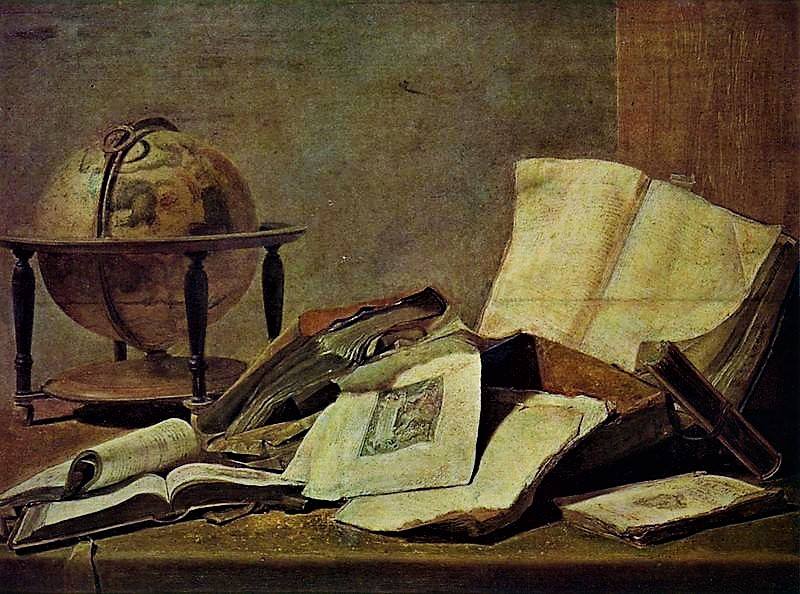On November 16, 1992 Eric Lawes was searching for a lost hammer with his metal detector. Instead, he found the largest cache of fourth and fifth century gold and silver coins discovered anywhere within the boundaries of the former Roman Empire. The Hoxne Hoard (found in Hoxne, England) consists of 14,865 Roman coins. In addition the coins, archeologists recovered gold jewelry, silver spoons, and assorted silver table settings. The treasure, worth an estimated 4.3 million dollars, is currently on display in the British Museum in London.
The cache breaks down 569 gold coins,14,191 silver coins and 24 bronze coins. These coins date from AD 337 to AD 408, with the majority dating between AD 394 to AD 405. Historians believe the hoard was buried no later than AD 450. The coins originated from all over the Roman Empire. There are 14 mint marks in the cache, ranging from Gaul (France) to Athioch (Turkey).
In addition to the coins, the hoard yielded 29 pieces of gold jewelry. The jewelry pieces include a gold chain, six chain necklaces, three rings and 19 bracelets. The recovered tableware consisted of 78 silver spoons, 20 gilded ladles, five bowls, four pepper-pots, two vases, nine toiletry items such as toothpicks and ear-cleaners, and two small padlocks. Combined with the recovered coins, the Hoxne Hoard contains nearly eight pounds of gold and fifty-two pounds of silver.
The dates on the coins coincide with Rome’s declining influence in Britain. During this period, the western Roman Empire was crumbling under constant pressure from barbarian tribes. Barbarian invasions had already caused widespread devastation, and by AD 401 the majority of Roman legions in Britain were pulled back to Rome. This left only a few Roman troops and citizens to defend themselves.
Late Roman Empire hoards (AD 350–450) are fairly common. Like the Hoxne Hoard, most are recovered along the former Empire’s fringes. This is probably due to unstable political and security conditions. Although these caches do vary in content, many from this time include silver tableware (dishes, utensils, bowls and cups). What makes the Hoxne Hoard unusual is it consists mainly of coins.
Although we will never know who hid the treasure, the Hoxne Hoard illustrates the wealth that existed in Roman Britain. It also shows that no society is immune to radical change. Who knows how many hoards remain to be found and what stories they will tell.
Peter Guest, author of The Late Roman Gold and Silver Coins from the Hoxne Treasure
Catherine Johns, author of The Hoxne Late Roman Treasure: Gold Jewellery And Silver Plate
